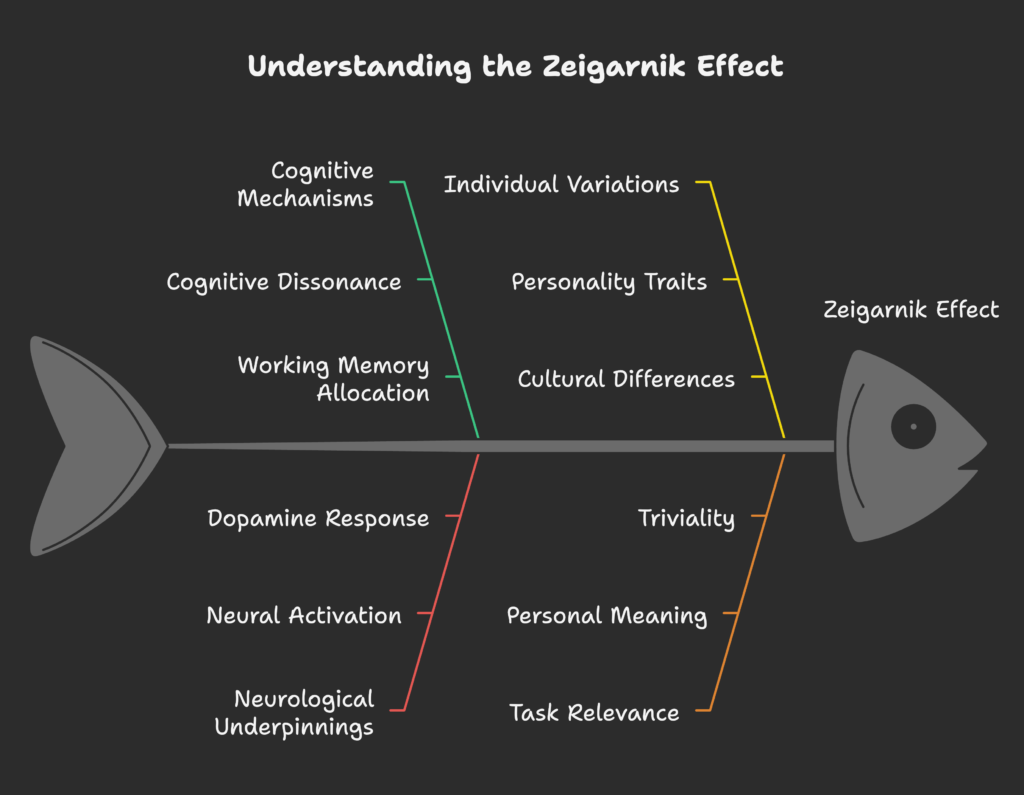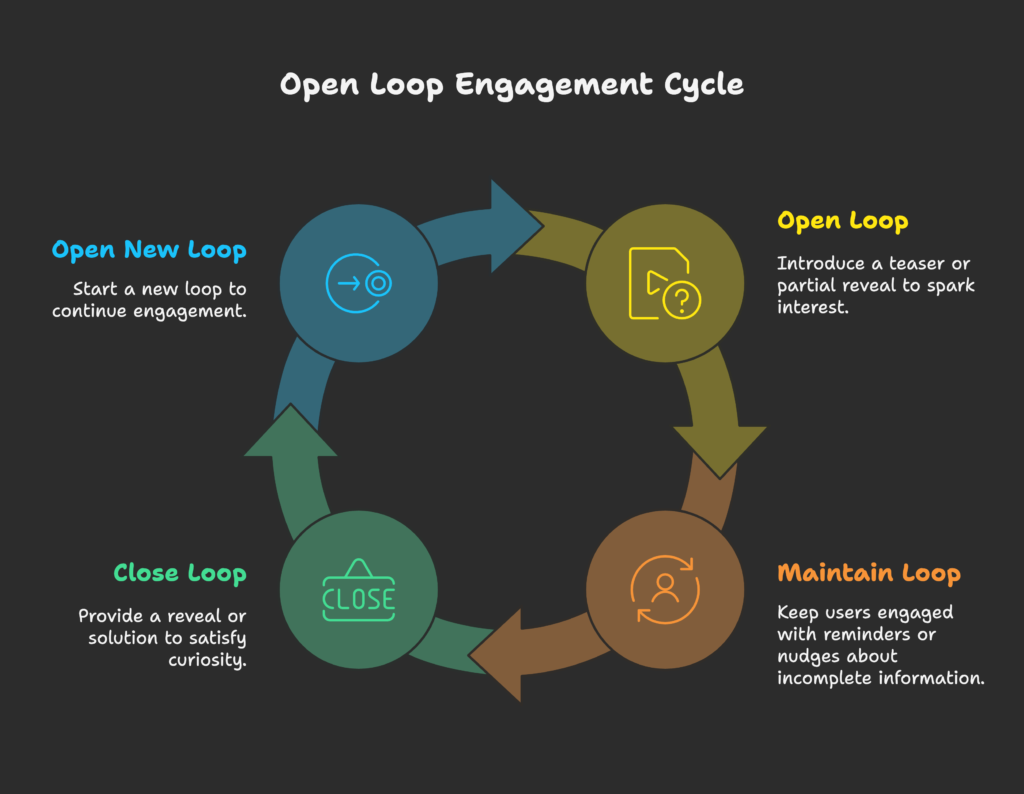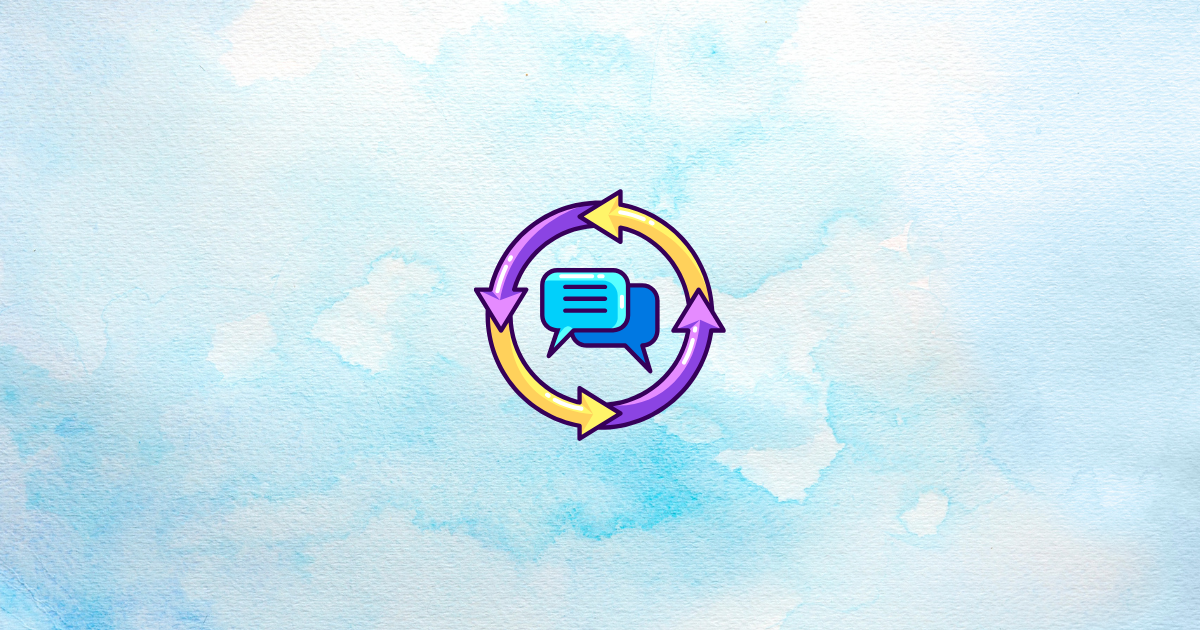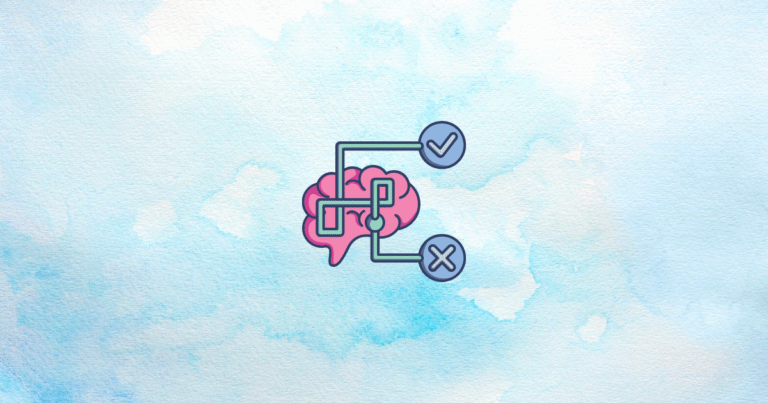Have you ever stayed up late because a TV series ended on a cliffhanger you *just* had to see resolved? Or felt compelled to finish a half-read article because the ending was missing? That’s the Zeigarnik Effect in action: our brains can’t stand incomplete tasks or open loops. By reading this article, you’ll learn how to use that irresistible pull to boost engagement, keep customers hooked, and even drive sales. Ready to explore the power of “unfinished business”? Let’s dive in!
In this section: We’ll define the Zeigarnik Effect, trace it from early psychological experiments to present-day marketing tactics, and see why stirring curiosity with an open loop can be so persuasive in driving return visits and conversions.
Definition and Historical Context
The Zeigarnik Effect is the *mental phenomenon* where people remember *unfinished* or *incomplete* tasks far better than completed ones. Discovered by psychologist Bluma Zeigarnik in the 1920s, it was inspired by Kurt Lewin’s observation that waiters easily recall unpaid orders while forgetting those already settled. Though it started as a purely memory-related finding, it evolved into a strategic technique: by leaving something unresolved, you tap into our brain’s *cognitive tension*, compelling us to seek closure.
The Psychology of Incomplete Tasks
When we leave a task undone (or a story incomplete), we experience *cognitive dissonance*—an unsettling feeling that prompts us to keep the details in mind. We can’t move on easily because the mind hates “loose ends.” This tension demands resolution, keeping the incomplete matter *top of mind*. Neurologically, partial tasks can trigger stress responses, but they also prime us to pay close attention whenever an opportunity to finish arises. Over time, that mental state can drive us back—whether it’s finishing a puzzle, or returning to a website that teased us with half the story.
The Business Value of Strategic Open Loops
- Boosted Engagement: By revealing “just enough” and withholding the payoff, brands entice users to click further, read more, or subscribe for the conclusion.
- Memorability: Unresolved tasks or partial narratives stand out in a busy marketplace, leaving a stronger *lingering impression* on potential customers.
- Increased Sales: When used thoughtfully, incomplete information can nudge people to make a purchase or sign up, so they can see the “full picture.”
Now we know the basics. Next, we’ll get into the effect’s deeper psychological mechanics—how open loops bounce around our working memory and keep us craving closure.
Psychological Foundations of the Zeigarnik Effect
In this section: We’ll detail the main cognitive and neurological reasons behind the Zeigarnik Effect, from how our brains allocate mental resources to unfinished tasks, to how emotional tension helps shape memory.

Cognitive Mechanisms
- Cognitive Dissonance: Leaving something incomplete conflicts with our desire for closure, so we experience mental tension that pushes us to resolve it.
- Working Memory Allocation: Unfinished tasks hold a “reserved slot” in our limited mental capacity. We keep them at the forefront, waiting for the chance to finalize them.
- Tension-Resolution Patterns: We typically seek psychological relief from tension. A brand that *creates* tension (by hinting at a solution) can push consumers toward a resolution (like buying a product).
- Gestalt Need for Closure: From Gestalt psychology, we crave complete “wholes.” Open loops disrupt that, so we remain fixated until closure is restored.
Neurological Underpinnings
Brain imaging suggests that *unfinished tasks* cause heightened neural activation, especially in areas linked to attention and memory encoding. Dopamine can spike, as we anticipate the “reward” of completing or discovering the missing piece. If resolution is delayed, mild stress can result, prompting us to keep the incomplete matter in our mental “inbox.” The frustration is real, but so is our readiness to pounce on any chance to close the loop.
Individual Variations and Factors
- Personality Traits: Some people are far more susceptible to being bugged by incomplete tasks, especially those who are detail-oriented or anxious.
- Cultural and Demographic Differences: In some cultures, the need for closure is stronger. Others might be more tolerant of open-ended narratives.
- Task Relevance: If the incomplete matter is personally meaningful, the effect intensifies. If it’s trivial, people may move on quickly.
So how do we use these insights to create powerful open loops? Let’s see the building blocks of an effective “cliffhanger” or curiosity gap next.
Creating Effective Open Loops
In this section: We’ll break down the key structural elements, different loop types, and a practical framework for building tension, maintaining user interest, and providing a satisfying payoff (or not) to spark engagement.

Structural Elements of Compelling Open Loops
- Clarity + Ambiguity Blend: Users need enough info to form interest, but not so much that the curiosity is fully satisfied.
- Timing & Placement: Place partial info or hints at strategic points—like in headlines, intros, or right before a break—to keep them reading or scrolling.
- Momentum Building: A sense of tension should escalate quickly, making the user eager to find out more, yet not so overloaded that they give up.
Types of Open Loops
- Narrative/Story Loops: Reveal a storyline partially, withholding the climax or resolution. Common in email campaigns or blog series, hooking people to return for part 2.
- Information Gaps: Pose a compelling question or show half the data—“The 5 keys to X. Here are 2…”—so the user must click deeper for the rest.
- Sequential Content: Drip-feed content in a step-by-step manner, leaving each step incomplete until the next email or episode arrives.
- Emotional / Identity-Based Loops: Hint at how completing the loop will confirm the user’s self-image or social status—like a membership tier or achievement to unlock.
Implementation Frameworks
Think of it as a cycle: *Open* the loop with a teaser or partial reveal, *maintain* the loop by reminding or nudging users about the incomplete info, then *close* it with a big reveal or solution (though sometimes you open a *new* loop right after!). For complex stories, multiple nested loops can keep your audience engaged continuously—just ensure clarity to avoid confusion. Also, consider the right *timing*: if you wait too long to close a loop, frustration may overshadow curiosity.
Let’s see how to apply these tactics in marketing, from content strategies and ads to e-commerce growth hacks that revolve around open loops.
Marketing Applications of the Zeigarnik Effect
In this section: We’ll explore how open loops supercharge content marketing, ads, and e-commerce funnels. You’ll get hands-on examples for your own brand strategy.
Content Marketing Strategies
- Blog or Article Structures: Start by presenting a big question (“The top 10 secrets to X…”), cover only 3 or 4, then encourage readers to subscribe or click to find the rest in a second piece.
- Email Sequences: “Part 1 of 3” approach. End each with a hint about the next. Recipients, itching to see the conclusion, stay subscribed and open future mails.
- Social Media Campaigns: Show behind-the-scenes glimpses, promising a bigger reveal. The partial “tease” builds curiosity, driving up engagement or upcoming event sign-ups.
Advertising and Promotional Techniques
- Teaser Ads: A short video or banner that only reveals partial benefits or visuals. Link to “See the rest…” or “Complete your discovery here.”
- Sequential Ads: Ads that continue a story from one impression to the next, each hooking you with an incomplete narrative. Facebook’s carousel or retargeting steps can do this effectively.
- Limited-Time Offers: Present the discount but not all details. “Get your code in the next email” or “Act now to discover the final discount.” The sense of pending info can push immediate action.
E-commerce and Conversion Optimization
*Product Pages* might highlight key features, but then require a user to sign up or add to cart to “unlock” the full specs or an in-depth video. *Checkout processes* can incorporate step-by-step reveals, each incomplete step fueling the user to move forward. *Abandoned cart recovery emails* remind them “Your checkout is not done!”—a direct psychological tug: “Don’t leave it half done!” Finally, loyalty programs with partial achievements or points to be redeemed can keep people returning to see that loop closed.
Open loops aren’t just about marketing – you’ll also see them boosting productivity, teaching, or digital experiences. Let’s see how they extend beyond promotions alone.
Beyond Marketing: Additional Applications
In this section: We’ll highlight how the Zeigarnik Effect transcends marketing to help with personal productivity, education, and user experience design, revealing a broader scope for open loop tactics.
Productivity and Task Management
- Deliberate Task Interruption: Some productivity hacks suggest ending your workday mid-task, so the incomplete thread lures you back quickly the next day.
- Unfinished Lists: Maintaining partial to-do lists can keep you mentally engaged. Too many open loops, though, create stress, so find balance.
- Personal Habit Support: Breaking bigger goals into smaller tasks that remain slightly undone can push consistent daily progress.
Educational Applications
- Lesson Structures: Teachers can present a concept but leave the conclusion for students to discover. The class might eagerly do “homework” because they want closure.
- Curiosity Gaps in Course Modules: Online courses might release content in parts, each building a cliffhanger. This fosters consistent logins as learners thirst for the next portion.
Embracing open loops in learning can encourage deeper engagement and memory retention, leveraging that innate drive for closure.
User Experience Design
From progressive disclosure in app interfaces to gamified *“achievements locked”* features, digital experiences can spark user motivation. People see an incomplete profile or half-finished quest and are compelled to complete it. This is especially relevant for onboarding processes in new software: show partial progress bars or *achievement badges* that remain locked, fueling user curiosity and engagement.
All great ideas—but how do you measure if open loops truly translate to better outcomes? Let’s see the metrics and methods next.
Measuring Effectiveness of Open Loops
In this section: We’ll look at how to track the success of your open-loop strategy, from straightforward numeric data to deeper psychological insights like attention or memory. We’ll also consider advanced neurological measures for thorough research.
Quantitative Assessment Methods
- Engagement Metrics: Time on page, number of pages visited, or email open rates can increase if open loops are well placed.
- Conversion Rate Analysis: Compare “teaser approach” vs. a direct approach to confirm if curiosity-driven or incomplete info leads to more sign-ups or sales.
- Retention & Return Visits: Tools like Google Analytics can see if more people come back to finish reading or watch the next part of the series.
Qualitative Evaluation Approaches
- User Feedback: Surveys or interviews can reveal if people felt enticed or frustrated by partial content, clarifying sweet spots for tension vs. annoyance.
- Focus Groups: Observing real-time reactions to incomplete narratives can highlight best practices or reveal where loops are confusing.
- Case Studies: Detailed analysis of specific open-loop campaigns helps refine broader strategies. Track user commentary or brand mention sentiment.
Neurological and Psychological Measures
- Eye-Tracking: See if the partial reveal draws attention repeatedly, or if users dwell on the “mystery” element of your page longer.
- EEG/fMRI: If resources allow, advanced labs can see direct brain excitement or stress from open loops. Good for validating strong psychological responses.
Great, we can measure success. Let’s end with potential pitfalls—like anxiety overload or manipulative usage—before finalizing how to ethically harness the Zeigarnik Effect for brand growth.
Ethical Considerations and Limitations
In this section: We’ll underscore the emotional toll open loops can place on users, explore the difference between healthy curiosity and unethical manipulation, and highlight how brand strategies should remain thoughtful and respectful.
Psychological Impact Concerns
- Anxiety and Rumination: Too many open loops create mental clutter and stress. Users may feel overwhelmed rather than intrigued.
- Sleep Disturbance: Some studies indicate incomplete work can hamper relaxation, so aggressive open loops at the workweek’s end can disrupt well-being.
Balance is essential. While a bit of tension is good for engagement, *chronic tension* can undermine user happiness and brand loyalty.
Manipulation versus Engagement
- Informed Participation: Let users know the payoff is coming. Don’t “trap” them. A cliffhanger with no genuine reveal is disingenuous.
- Transparency: Over-promising something big but delivering nothing fosters cynicism and brand damage. Real content or solutions must eventually follow the teaser.
Ensure loops serve a genuine purpose, not just a cheap trick to spike clicks. Ethical marketing respects consumer autonomy and time.
Contextual Appropriateness
- Culture Sensitivity: Some cultures might respond poorly to artificially prolonged uncertainty. Others might find it exciting. Tailor loops accordingly.
- Professional Settings: Overly playful open loops might seem unprofessional in certain B2B contexts. Evaluate your audience’s tolerance for incomplete details.
Finally, let’s see how open loops are shaping future marketing – from personalized AI-driven cliffhangers to immersive VR experiences – plus a quick guide to roll out these ideas effectively in your own business.
Future Directions and Research
In this section: We’ll peek at new frontiers in open-loop usage, from AI personalization that crafts custom “cliffhangers” to multi-sensory experiences in VR or AR, ensuring marketing that’s even more immersive.
Emerging Applications
- AI-Curated Loops: Machine learning might pick exactly which partial info or storyline to withhold for each user type, maximizing curiosity without overshadowing usability.
- VR/AR Story Gaps: Virtual experiences where a path remains locked until the user does something, triggering strong “must-finish” impulses.
Expect new digital forms of tension-creation, from podcasts that stop mid-sentence to chatbots that hint at upcoming reveals. The psychological foundation remains the same; the mediums multiply.
Research Opportunities
- Neurological Depth: Future studies can better map exactly which brain pathways are active or how different personalities respond. This data helps refine the sweet spot between interest and frustration.
- Cultural Variation: With global e-commerce, exploring how each region’s norms handle open loops ensures relevance. A universal tactic doesn’t always exist.
Integration with Other Psychological Principles
- Commitment & Consistency: Start an incomplete task, and people prefer to remain consistent and finish it, or maintain a chosen identity that they’re “someone who completes tasks.”
- Loss Aversion: Fear of losing out on the resolution can prompt immediate actions. “Missing the next segment” can feel like a personal loss.
Now we’ll wrap up with an actionable step-by-step blueprint to get started creating open loops. You’ll see how to plan, test, and refine your approach for measurable marketing success.
Implementation Strategy Guide
In this section: We’ll lay out a concise approach to adopting the Zeigarnik Effect in your campaigns or site, from evaluating your current content to weaving open loops seamlessly, and measuring performance carefully.
Assessment and Planning
- Audit Current Content: Identify where you can add a “cliffhanger” moment—maybe an unfinished tutorial, a half-revealed tip, or a product teaser missing a final detail.
- Loop Strategy Selection: Decide on the loop type (narrative, info gap, sequential, emotional). Align it with your brand voice and audience preferences.
- Metrics Definition: Clarify success indicators: higher click-through, more time on page, better email open rates, or bigger sales. Baseline them before you experiment.
Integration Approaches
- Phased Rollout: Introduce open loops in one channel (say, your email newsletter) first. If results are strong, expand to landing pages, social ads, etc.
- Pilot Testing: A/B test your incomplete vs. fully revealed approaches. Ensure you measure user satisfaction as well as engagement to avoid crossing the annoyance line.
- Collaboration: Work with creative, copywriting, and tech teams. Good open loops rely on synergy among design, text, and user flow.
Optimization and Refinement
- Feedback Systems: Listen to user comments or run quick surveys. If many find your incomplete approach frustrating, consider adjusting or providing more partial closure.
- Iterative Improvement: Build loops in smaller increments. Overly big “gaps” can feel insincere. Underdo it, and the effect is lost. Fine-tune for your brand’s sweet spot.
- Long-Term Management: Not every campaign can rely on open loops. Avoid saturating your entire marketing with them. Keep it fresh and purposeful.
Small Note: If you’re a Shopify merchant itching to integrate these open-loop techniques into your product pages or marketing funnels, check out the Growth Suite application. It streamlines your e-commerce user journey with strategic incomplete content segments and helps measure how these open loops push conversions—so you can harness Zeigarnik’s proven psychological power for real sales impact.
References
- Wikipedia. (2025, January 12). Zeigarnik effect. Link
- Klokist. (2024, November 1). Using the Zeigarnik Effect for Marketing. LinkedIn. Link
- Taproot. (2024, August 12). Understanding the Zeigarnik Effect: Insights into Unfinished Tasks and Their Impact. Link
- Marketing Study Guide. (2023, November 21). The Role of the Zeigarnik Effect in Marketing. Link
- Pubmed. (2017, April 1). Zeigarnik’s Sleepless Nights: How Unfinished Tasks at the End of the Week Impair Employee Sleep on the Weekend Through Rumination. Link
- Watterson, K. (2024, December 8). Harnessing the Zeigarnik Effect: The Art of Opening and Closing Loops. Link
- Semantic Scholar. The Effects of False Feedback, Sex, and Personality on Learning, Retention, and the Zeigarnik Effect in Programmed Instruction. Link
- GCRIS. A Study on the Relationship Between Anxiety Types and the Zeigarnik Effect. Link




